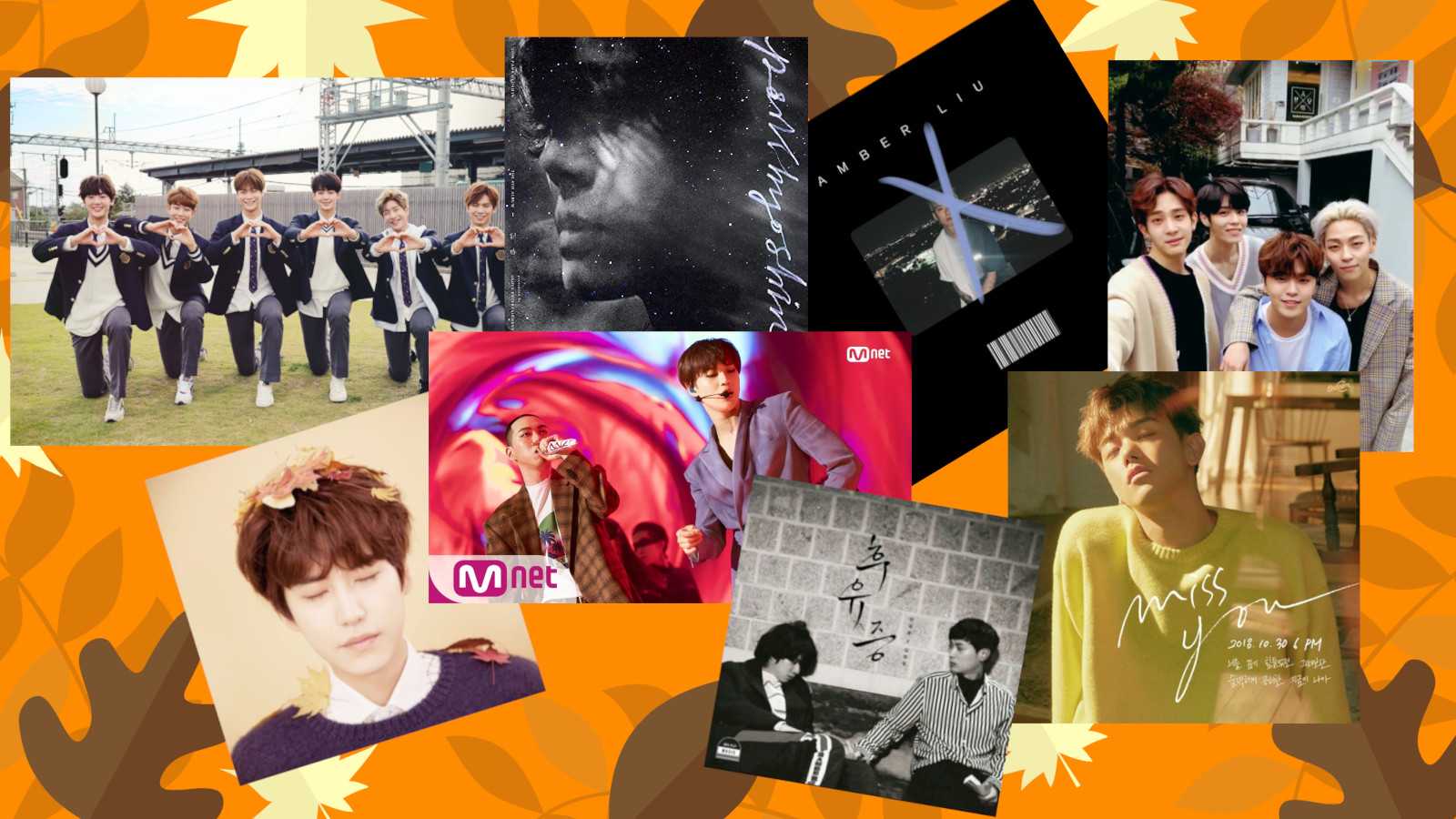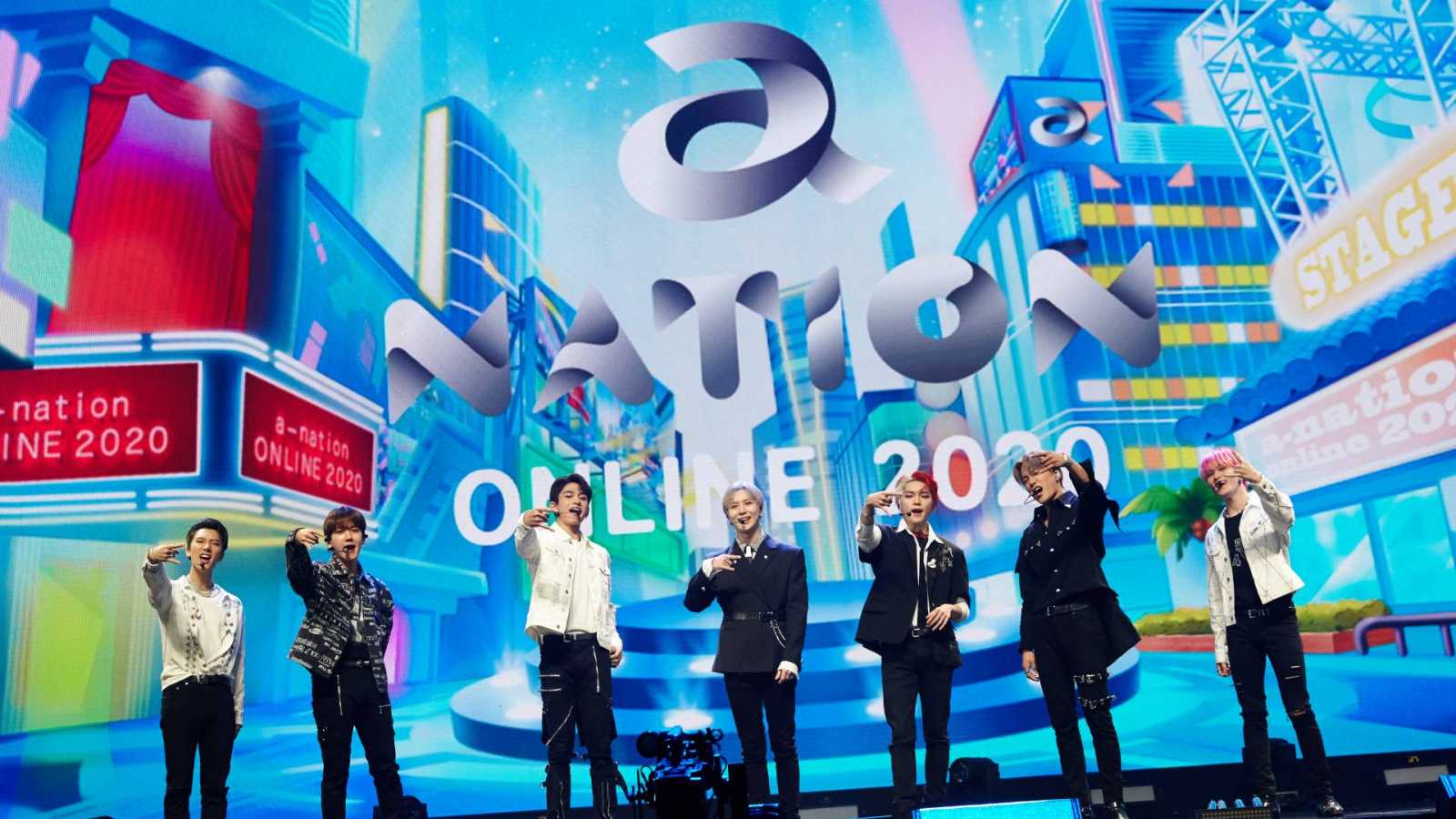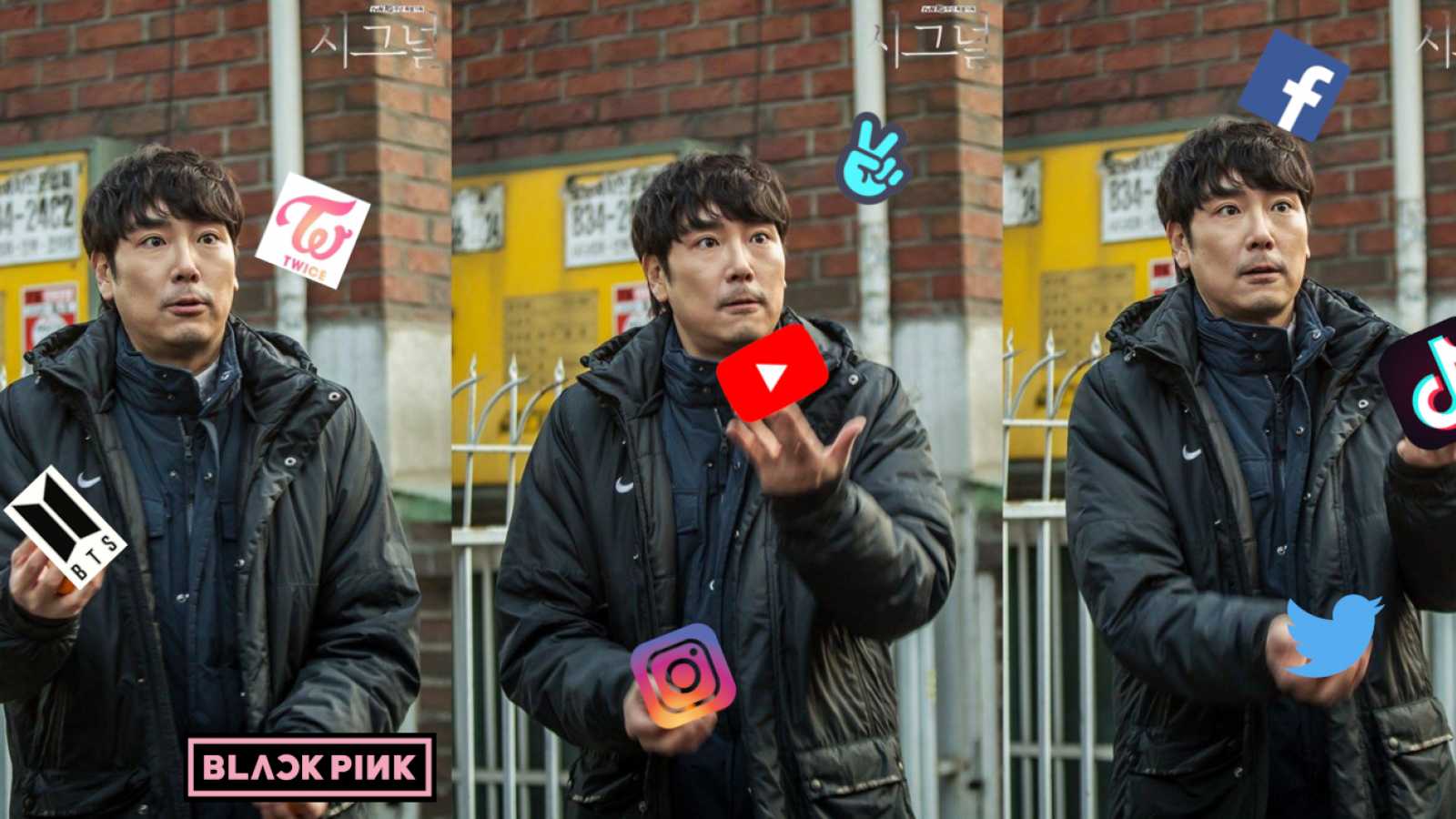Chimidoro means "bloody" and is a reference to a gang of bikers who appeared in "Kinpachi Sensei," a Japanese high school TV series in the seventies and eighties. Three young high school students, Nao Suzuki, Kusumoto and Miyama, decided at the time that one day they would form their own gang called Chimidoro. The years went by and at university, Nao Suzuki got into Chicago and Detroit techno/house (Underground Resistance). He bought his first sampler and started to play around with electronic compositions.
Nao Suzuki played DJ Funk to his friends Kusumoto and Miyama and got them hooked in. Kusumoto's cheek and Miyama's chat went superbly with Nao's electronic rhythms. They decided to get a band together rather than a bikers' gang, but kept the name Chimidoro. They mimicked Ghetto House as closely as they could, but as they didn't understand English, Kusumoto and Miyama looked for Japanese equivalents to the sounds of English words. Several concerts later, Ichinomiya (bass) joined the group.
By the time they released their first album Minna no Uta on Tokyo Fun Party in 2007, the group had already existed for more than ten years. The members of Chimidoro have grown up and gotten jobs: they build buildings and IT networks, work on internet search engines and do graphics for ads. Their reputation is growing, but they aren't getting carried away. The band is both an excuse for coming together as friends and an outlet for their everyday frustrations.
Chimidoro doesn't really take themselves seriously and doesn't go all out for originality either. At the same time, there's an unequaled freshness about their playful, knackering electronica that they know just how to put across on stage.




